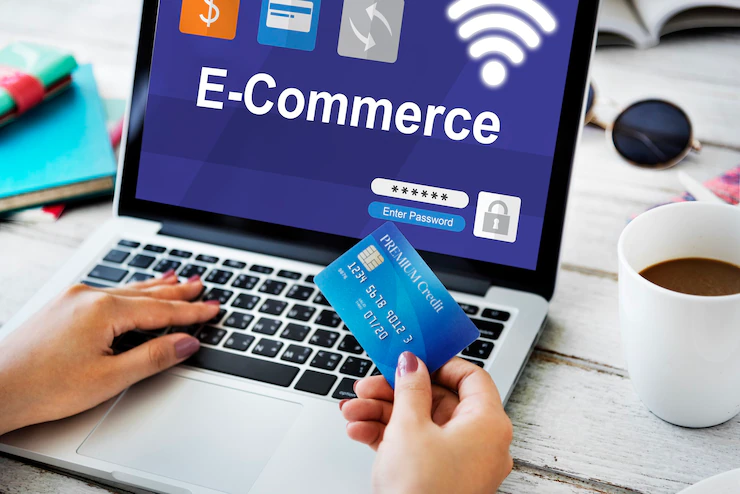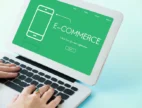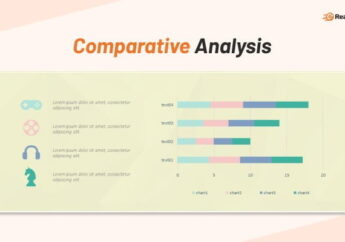Take Your Piece Of The B2B eCommerce Pie
by Sumona Business 07 March 2022

B2C and B2B processes are becoming more intertwined as the years go on – fuelled by 73% wanting the same personalized experience B2C provides. Yes, there are lengthy buying cycles, six to ten people involved in that buying cycle, and an entire supply chain to orchestrate.
However, the fundamentals of running a B2B business aren’t far different from B2C tactics, especially with growing demands for B2B eCommerce.
Expenditure can be huge with such a demanding buying cycle, so keep on reading to see how you can successfully take a piece of the B2B pie.
Managing The Complex Buying Cycle

There’s an old adage attributed to Steve Jobs that you have to show customers what it is they want because they don’t know – that’s the start of managing your buying cycle. There are six to ten people involved in a buying cycle, according to Gartner – that presents a more complex challenge than the one individual that’s involved in B2C sales.
What’s one way to show people what they want? Great content. But great content doesn’t blog posts and newsletters anymore; it’s Google Ads, video content, and email marketing – the three big areas to hit. Starting with Google Ads, what better way to catch a buyer’s eye than to be one of the top three listings in a search.
A whopping 89% of marketers use Google to get the answers they need before making a buying decision, so it’s well worth investing in Google ads
81% of B2B marketers now prioritize video marketing over traditional methods. Viewers are able to retain 95% of a message compared to 10% of the text, research shows – proving it’s a viable use of marketing resources. Be creative and use influencers, memes, and videos sent to emails to attract attention.
Talking of emails, emails are still considered the most beneficial form of marketing in the B2B industry. According to HubSpot, 81% of marketers say email marketing is still their most used form of content marketing. It’s quick, inexpensive, and a direct way of communicating with buyers who sign up to receive emails.
Steer Clear Of (But Don’t Forget) Traditional B2B Practices
Traditional B2B is somewhat dying out, according to experts who believe the digitization of B2B is transforming the industry. Whilst it is good to steer clear of traditional practices – such as face-to-face meetings, it’s essential not to forget the old-school ways of retaining new buyers. It’s b2b loyalty that will secure you a long-term piece of the B2B pie – and reward programs are the answer.
According to Fundera, 43% of buyers will spend more with brands they’re loyal to, and as the name suggests, loyalty programs nurture said loyalty.
Circling back to face-to-face meetings, it’s traditional practices like this that are dying out, with an overwhelming 70-80% of buyers wanting remote human interactions and self-serve options – according to McKinsey. The same study found that 70% of buyers are willing to spend more than $50,00 with fully remote, self-serve options. To facilitate this, consider virtual offices and video calls.
Introduce New Payment Methods

The big difference between B2C and B2B payments is that, without the help of buy now pay later (BNPL) services, B2C customers have to pay upfront. The payment cycle is nearly as long as the buying cycle when conducting B2B business, and naturally, the transactions are often much higher.
However, BNPL services erupted into the B2B industry thanks to the BNPL service Billie and the backing by the BNPL industry giant that is Klarna.
This opens up the opportunity for B2B brands to take on more sales from buyers who may not have had the money to spend without the risk of not receiving the money. The BNPL company collects the money from the buyer, but you have the money from the service in your pocket – it’s a win-win situation.
The B2B industry is rapidly evolving to adapt to the digital era that it somewhat lagged behind. This opens up the chance for new businesses and investors alike to take a piece of the pie by offering fully remote, digital, self-serve options to facilitate the needs of buyers. Well-established B2B brands may take longer to implement such strategies as they’re stuck in traditional roots.
Read Also:







































































































